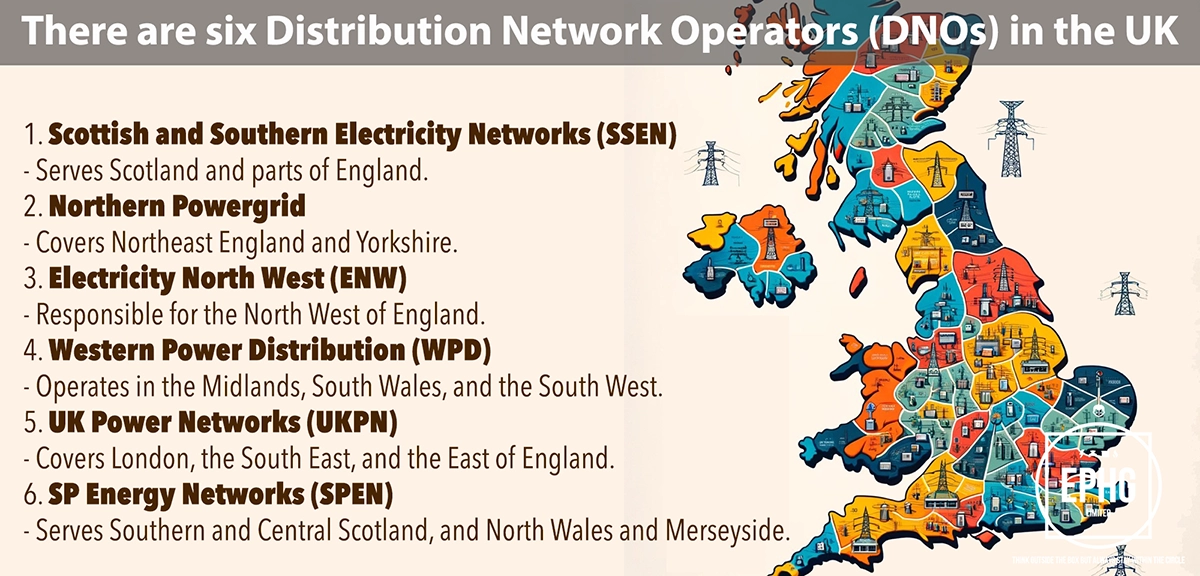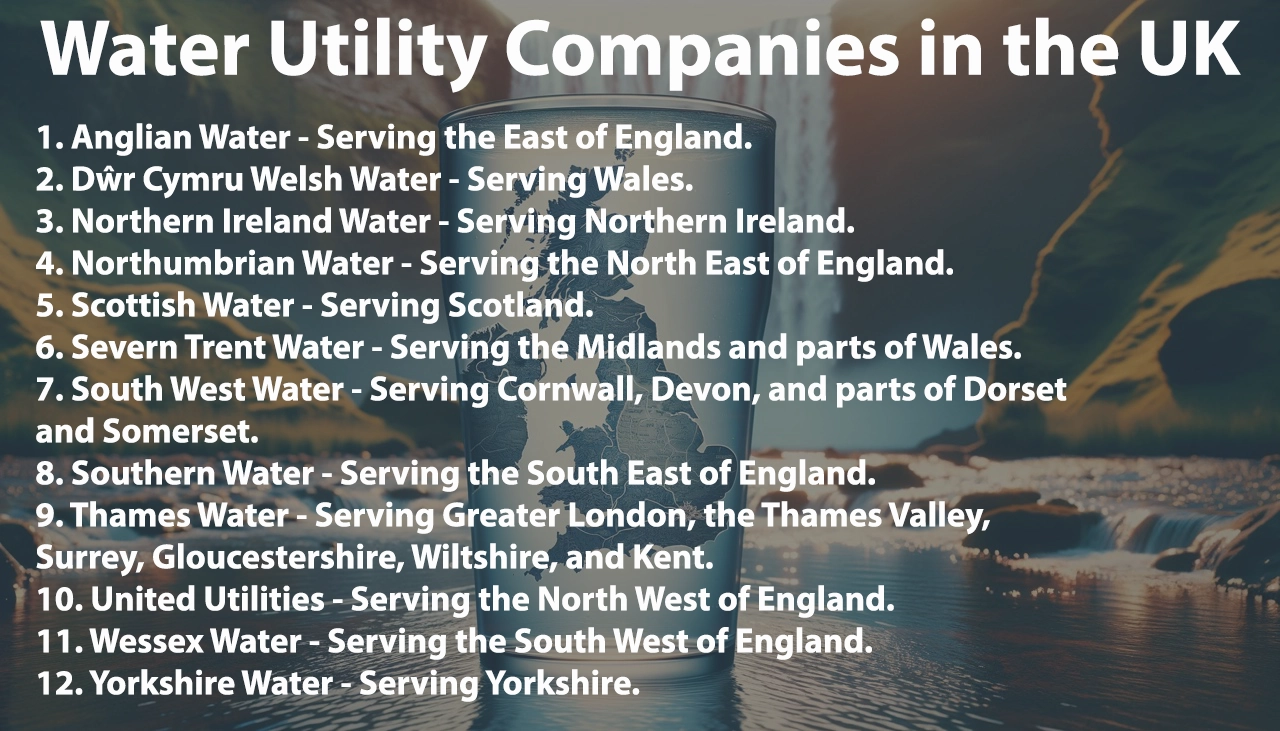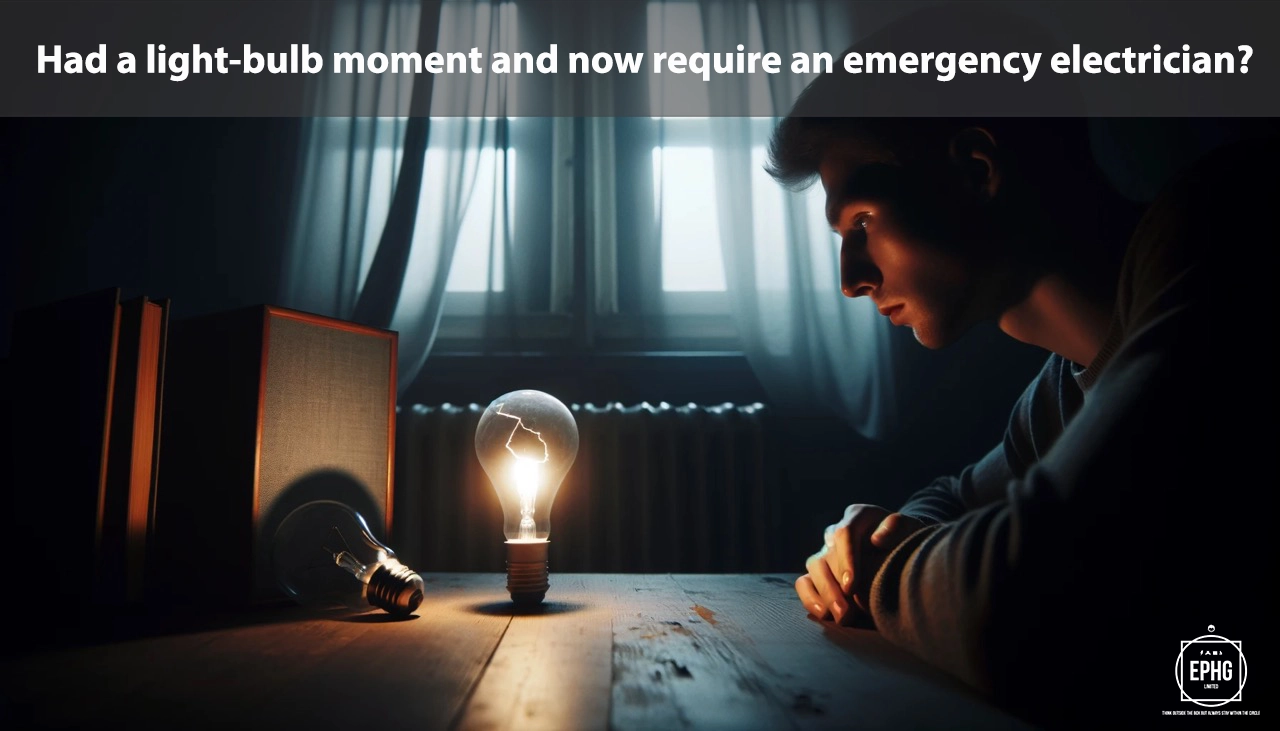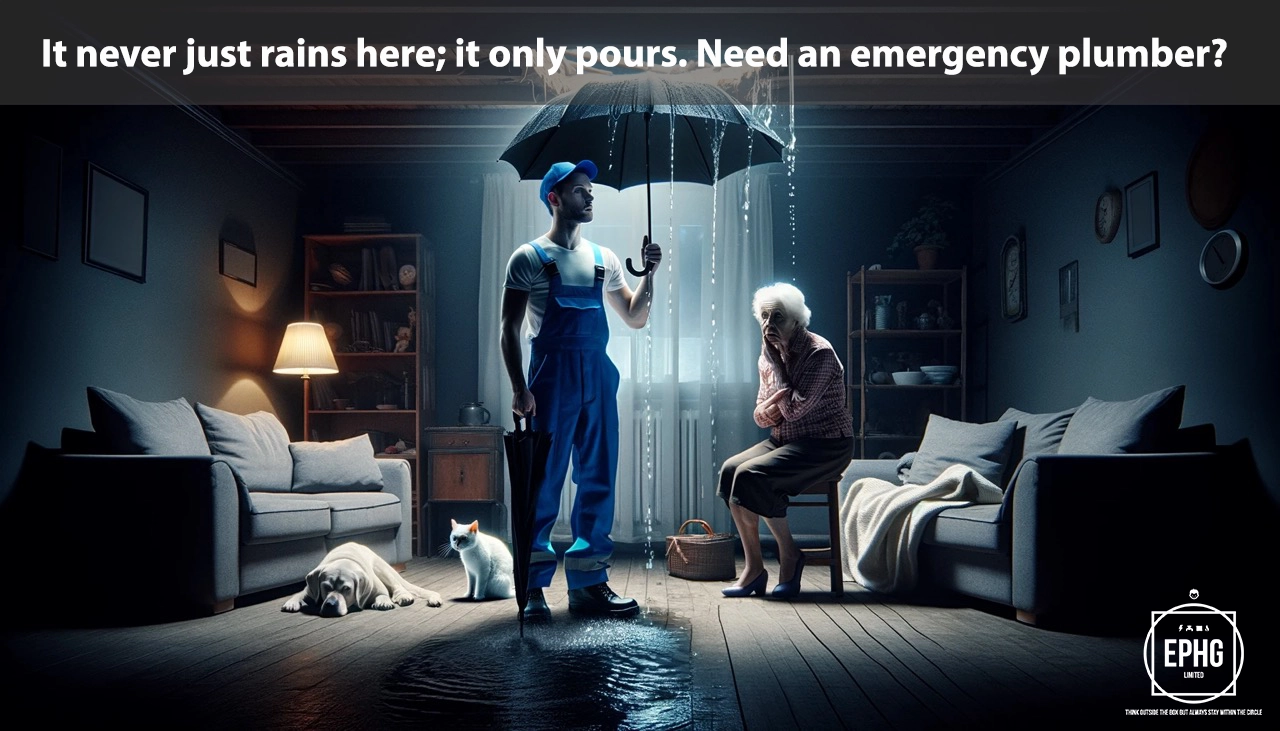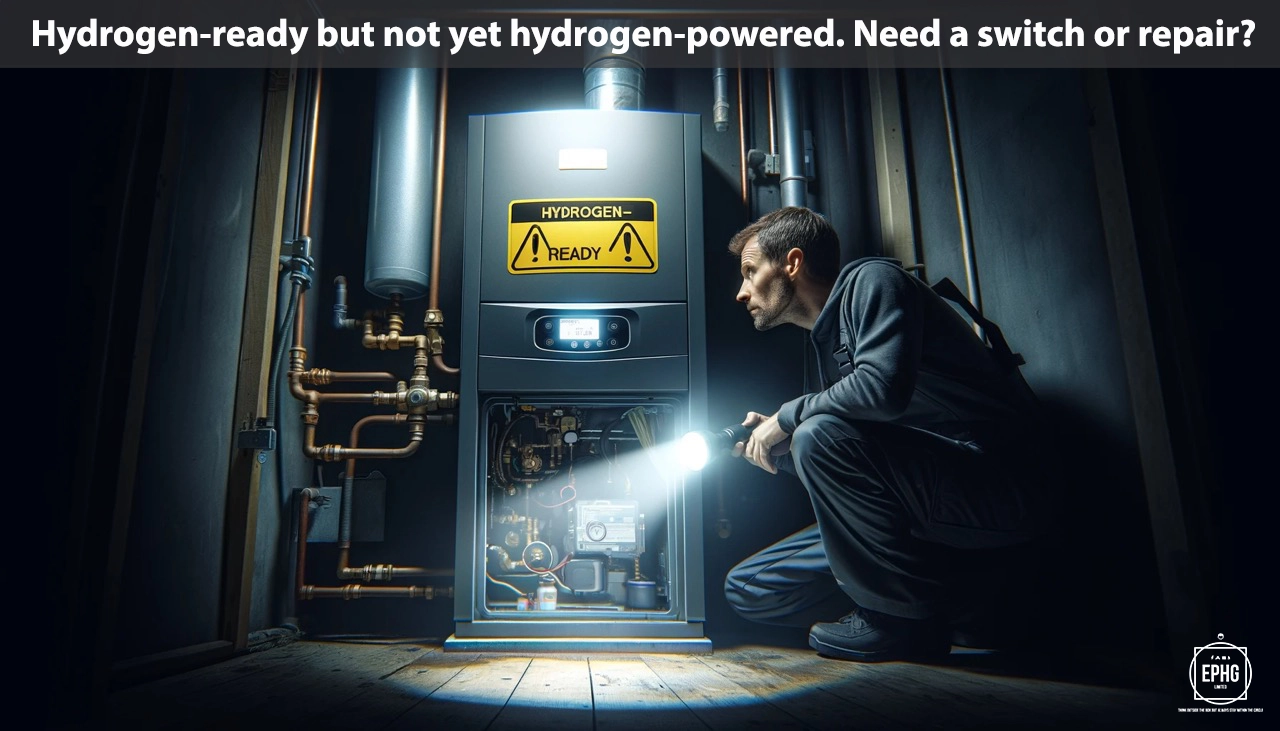
CM Postcodes for Utilities & Services in Chelmsford
Introduction: The CM postcode area, covering Chelmsford and its surrounding regions, offers a rich blend of urban and rural lifestyles. This guide aims to provide insights into the utilities such as water and electricity that support this diverse area, alongside other relevant information for both residents and visitors.
Water in Chelmsford
Where does the water supply come from in Chelmsford, and is there ever a shortage of water?
In Chelmsford, the primary water supply is sourced from rivers and underground aquifers, with the River Chelmer playing a significant role. Treatment plants in and around the area ensure that water is purified and complies with safety standards before distribution. Despite a typically stable supply, Chelmsford, like many regions, faces challenges related to climate change and urban development, which can occasionally impact water availability. Local water authorities actively monitor the situation, implementing conservation strategies and infrastructure improvements when needed. Residents are encouraged to adopt water-efficient practices, contributing to the area's resilience against potential shortages.
What is the hardness & quality of the water in Chelmsford, and can this affect your health?
The water in Chelmsford ranges from moderately hard to hard due to the geological composition of the area, particularly the presence of chalk and limestone. Hard water results in higher concentrations of calcium and magnesium, which can lead to scale buildup in plumbing and appliances. Despite this, Chelmsford's water adheres to strict quality controls, ensuring it is safe for all domestic uses. While hard water is not detrimental to health and can supply essential minerals, individuals with specific health conditions should consult healthcare providers. Efforts continue to ensure that water quality remains high, with regular monitoring and updates to treatment processes.
Electricity in Chelmsford
Where does the electric supply come from in Chelmsford, and what is the future of energy there?
Chelmsford's electricity supply comes from a combination of national grid sources, including nuclear, gas, and increasing contributions from renewable sources. The area is witnessing a transition towards greener energy solutions, with solar farms and wind energy projects becoming more prevalent. Chelmsford is also exploring the potential of other renewable sources such as biomass and geothermal energy. The future of energy in Chelmsford is aimed towards sustainability, with the city planning to increase its reliance on renewable resources and decrease carbon emissions. Efforts are being made to invest in renewable energy infrastructure and to encourage local businesses and residents to adopt more sustainable energy practices. This shift is part of a broader move towards making Chelmsford a more eco-friendly and energy-efficient community.
When is hydrogen coming to gas boilers in Chelmsford?
The transition to hydrogen gas boilers in Chelmsford is aligned with national strategies for a lower carbon future. Although specific dates for Chelmsford have not been set, the city is preparing for this change as part of the UK's overall shift towards hydrogen energy. This involves both public and private sector efforts to adapt existing infrastructure and to pilot hydrogen heating solutions. Residents are encouraged to stay informed about this transition and to consider how changes might affect their energy usage. Local energy providers and services will play a crucial role in facilitating this shift, offering guidance and support to ensure a smooth transition from natural gas to hydrogen for heating homes and businesses in Chelmsford.
Where Does the Wastewater Go in Chelmsford
In Chelmsford, wastewater treatment is an integral part of the city's commitment to maintaining a clean and healthy environment. Residential, commercial, and industrial wastewater is collected and directed to treatment facilities such as the Chelmsford Wastewater Treatment Works. Here, advanced treatment processes are employed to remove impurities and pollutants, ensuring the water meets or exceeds environmental standards. Following treatment, the cleaned water is safely returned to the natural environment, including local rivers and streams. The comprehensive approach to wastewater management in Chelmsford reflects the city's dedication to environmental stewardship and public health, while also adapting to the challenges of urban growth and sustainability.
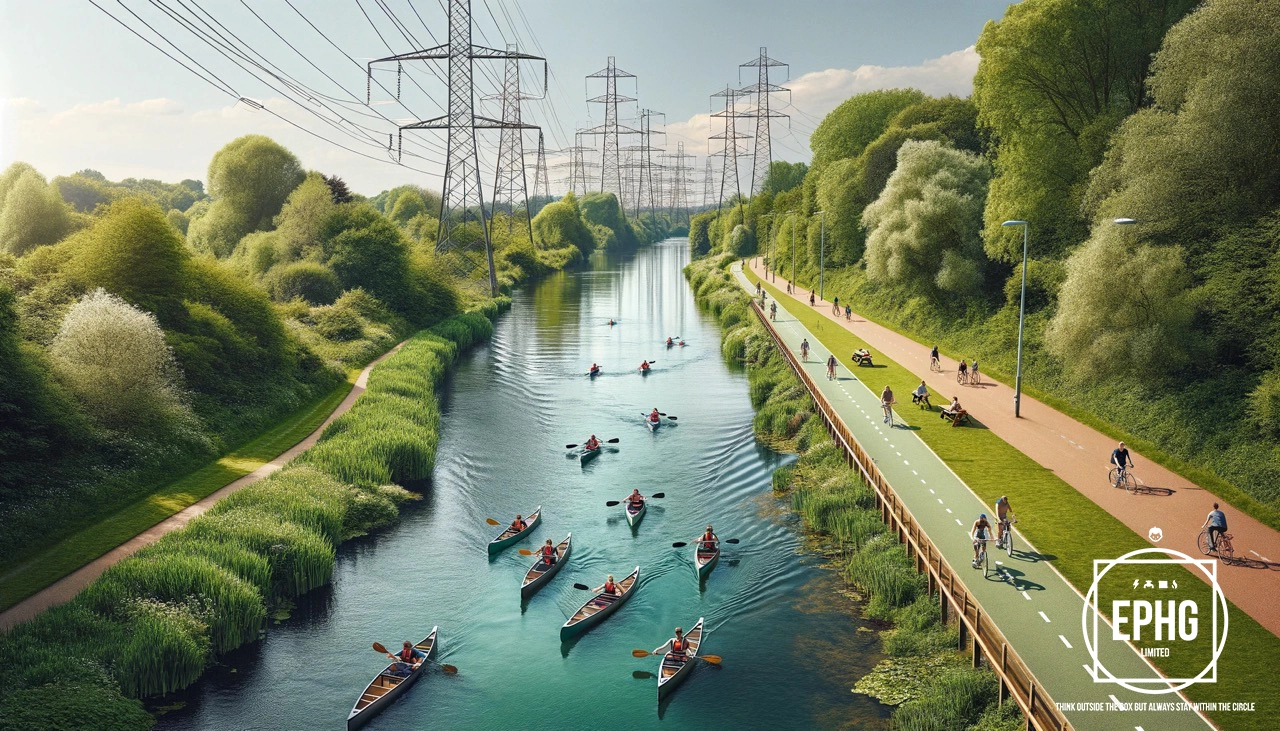
Regions within the CM Postcode
Chelmsford City
- CM1: Chelmsford City Centre, Writtle
- CM2: Chelmer Village, Springfield, Great Baddow
- CM3: South Woodham Ferrers, Danbury, Bicknacre
- CM11: Billericay East
- CM12: Billericay West
- CM13: Hutton, Shenfield
- CM14: Brentwood
- CM15: Shenfield, Ingrave
- CM16: Epping, Theydon Bois
- CM17: Harlow
- CM18: Harlow
- CM19: Harlow
- CM20: Harlow
- CM21: Sawbridgeworth
- CM22: Bishop's Stortford
- CM23: Bishop's Stortford
- CM24: Stansted Mountfitchet
Surrounding Areas and Villages
- CM4: Ingatestone, Blackmore, Fryerning, Stock
- CM5: Ongar, North Weald Bassett, Bobbingworth
- CM6: Great Dunmow, Felsted
- CM7: Braintree
- CM8: Witham
- CM9: Maldon, Tollesbury, Tolleshunt D'Arcy, Tolleshunt Knights
- CM77: Braintree, Rayne
